Haunted Horizons
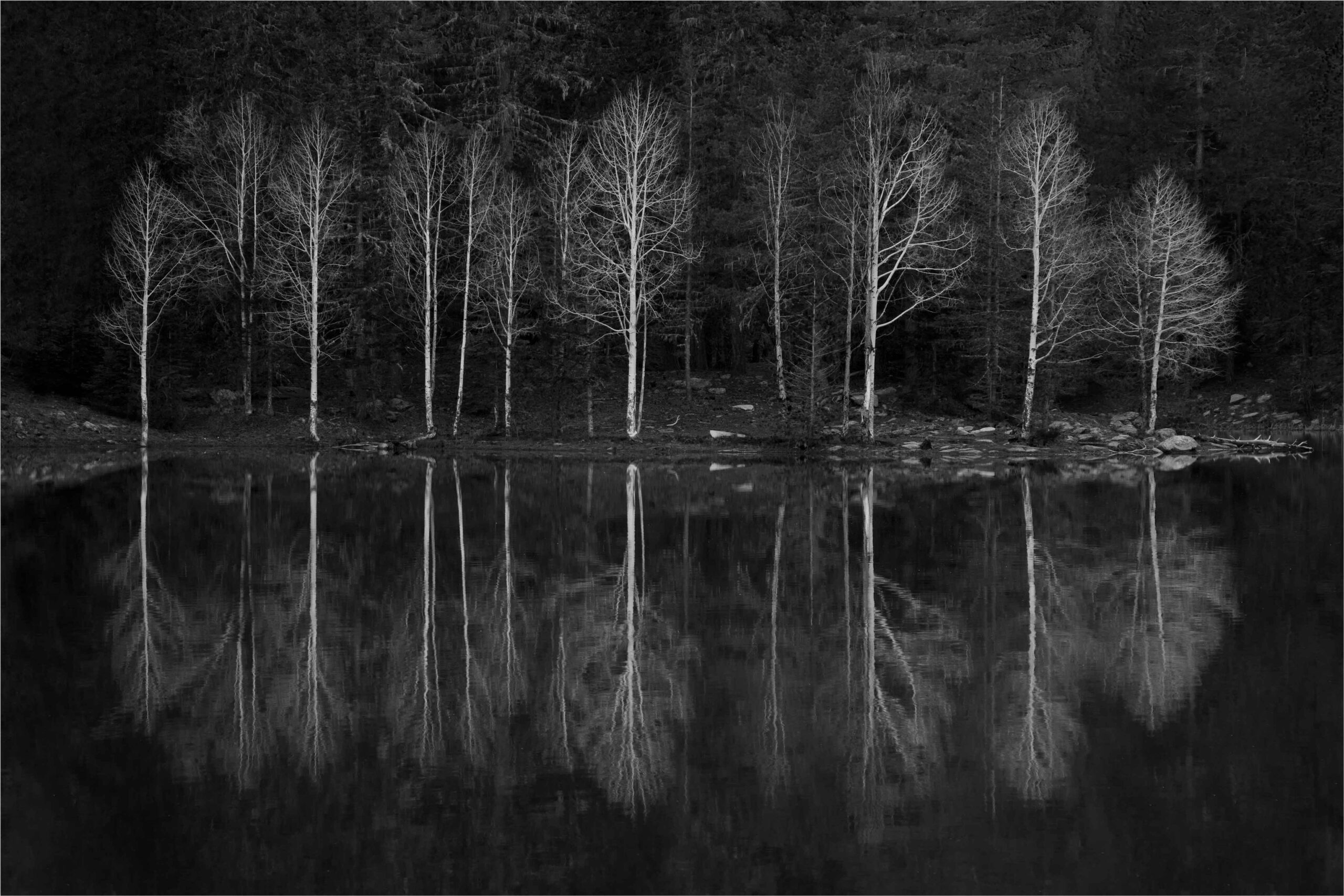
Writer Joseph J. Airdo // Photography by Dave Wilson
The yellow eyes appeared first — massive, unblinking, staring back through the pre-dawn darkness of the Mogollon Rim. Then another pair materialized from the shadows. And another. Dave Wilson stood frozen, his headlamp’s beam catching what his mind interpreted as bears lurking just beyond the treeline.
“I literally started trembling,” Wilson recalls of that early morning encounter that would ultimately inform some of his most evocative landscape photography. “Something about seeing large eyes reflected in the darkness taps into something deeply primal. The experience completely overrides all rationality and fills you with terror.”
The “bears,” as it turned out, were elk — a discovery Wilson made only when dawn broke and thick morning fog began rolling through the forest. But that primal fear, that brush with the unknown, had already shifted something in his artistic vision.
“I think being creeped out by imaginary killer bears actually put me in the perfect mindset to capture the beautifully eerie nature of the fog,” he says. “I had no trouble getting good photos.”
This intersection of fear and beauty, mystery and familiarity, defines this haunted collection of Wilson’s atmospheric Arizona landscapes that transform our known desert terrain into something altogether more enigmatic. Through his lens, fog-shrouded forests become portals to another realm, moonlit lakes reflect stories we’ll never know, and stark desert silhouettes stand as sentinels guarding secrets buried in time.
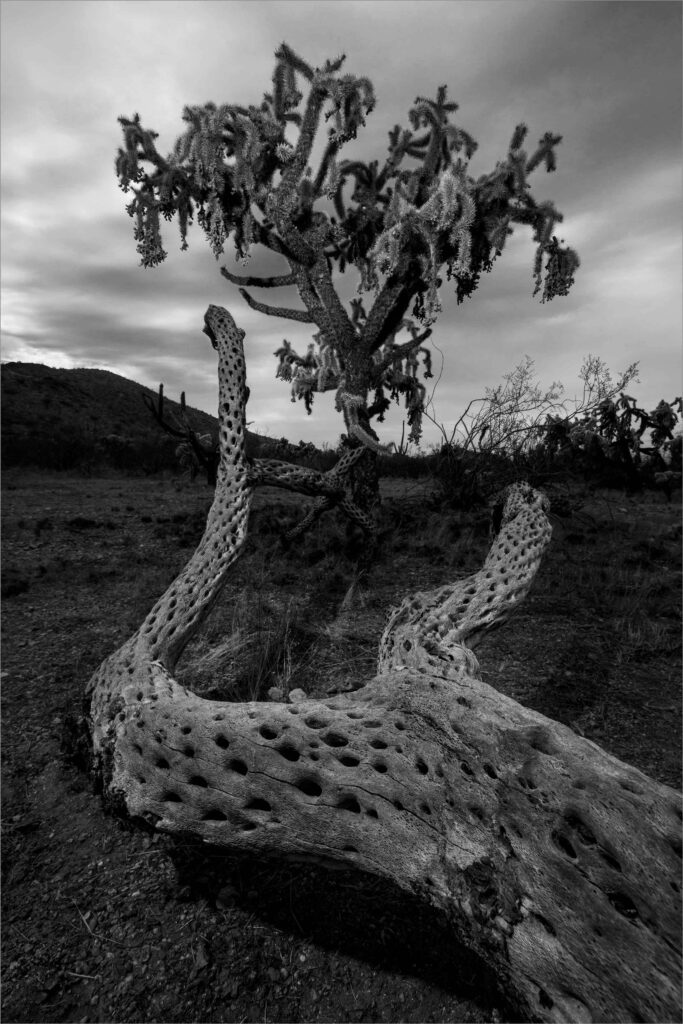


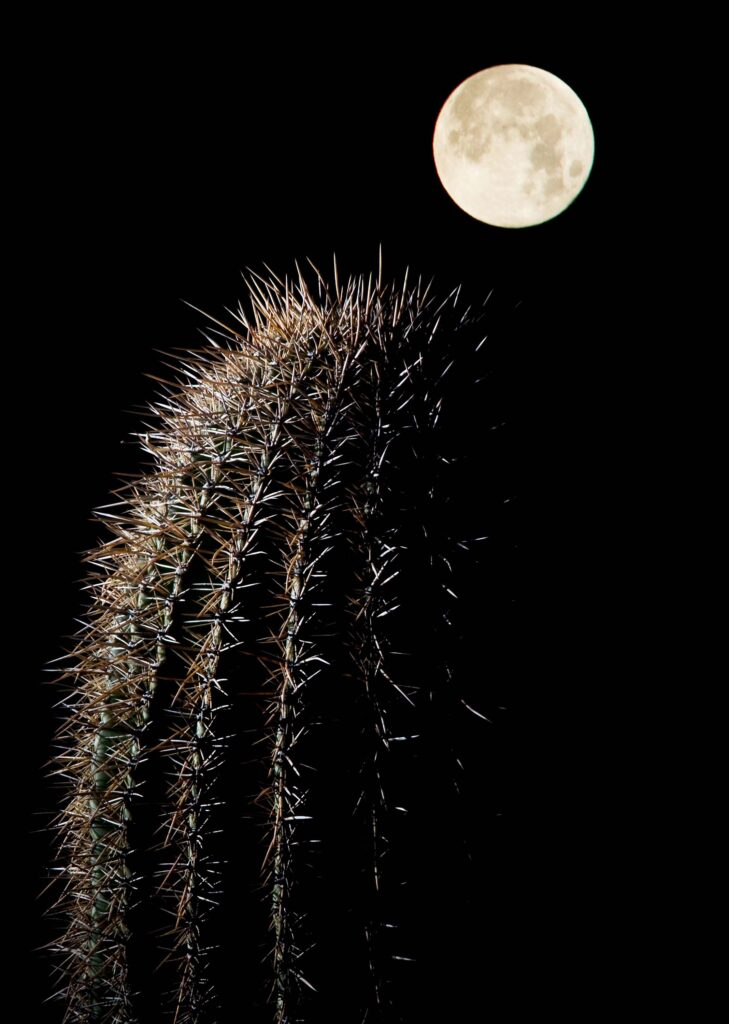


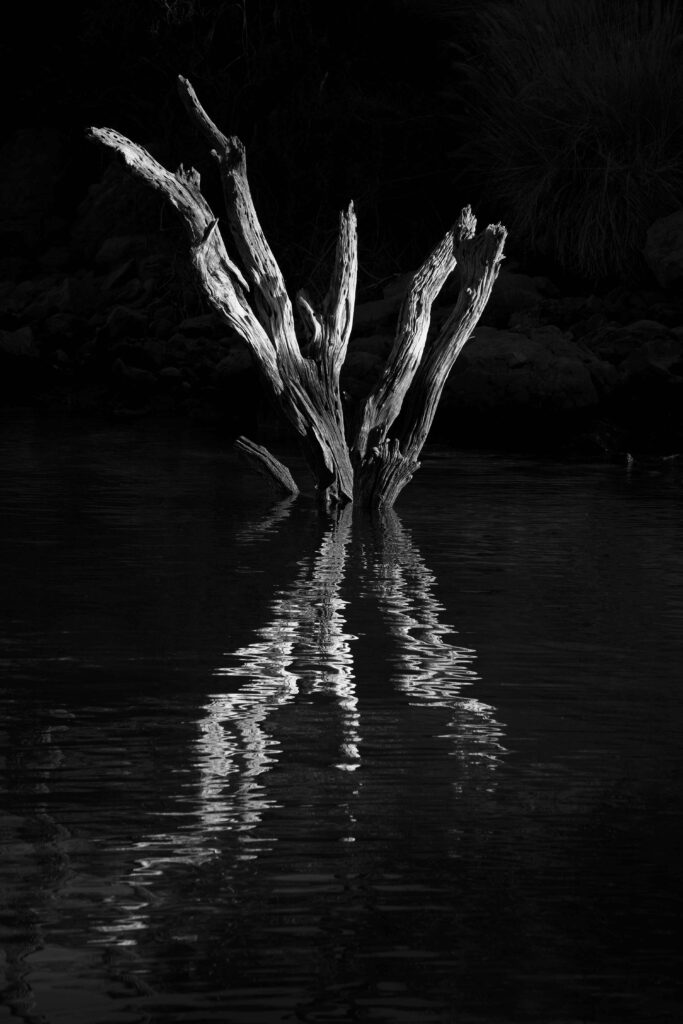


Ghosts in the Landscape
Photographer Dave Wilson’s willingness to embrace rather than resist unexpected conditions has become fundamental to his artistic process. When monsoon clouds replaced his anticipated golden-hour sunset at Joshua Tree Parkway northwest of Wickenburg, disappointment lasted exactly five minutes.
“Then I realized that if I let go of color and concentrated on dramatic black-and-white tones, I could still capture some really striking images — and I did,” he recalls. “You have to be an opportunist. If you set out expecting sunshine and blue skies but the weather turns dark and stormy, embrace that shift! It’s not worse — it’s just different.”
This adaptability extends beyond weather into a deeper philosophical understanding of Arizona’s landscape as a repository of untold stories. For Wilson, the state’s mystery emerges not from supernatural elements but from the weight of human history layered beneath the visible terrain.
“The strongest thread connecting humans throughout all of history isn’t our cultures, languages, religions or technologies — it’s the land we’ve all shared,” he reflects. “For me, it’s impossible to look out over a beautiful landscape and not think about that legacy. It feels as if I’m seeing the ghosts of the land’s past — not the spooky kind, but the spirits of ordinary people, full of stories forever lost to time.”
This perspective has evolved through decades of exploration, revealing Arizona not as a collection of distinct regions but as an interconnected whole. The Catalinas, Chiricahuas and Mount Graham aren’t isolated sky islands but part of what Wilson calls an “Arizona archipelago” — connecting the southern Rockies to Mexico’s Sierra Madre Occidental.
“Wherever you travel in the Grand Canyon State, everything is connected, a part of one grand landscape,” he observes.
Yet this expanded understanding carries sobering awareness. Wilson estimates that true wilderness comprises only about 6% of Arizona, with the remaining 94% increasingly developed or exploited.
“Arizona’s wild places are increasingly haunted by human activity, and the scariest thing happening to our land is that its wildness is vanishing — disappearing faster than a kid’s Halloween candy,” he warns. “My advice? Get out and experience Arizona’s wild places while they’re still wild. Don’t relegate exploring the state to a bucket list for ‘someday.’ Put it on your list of things to do now.”



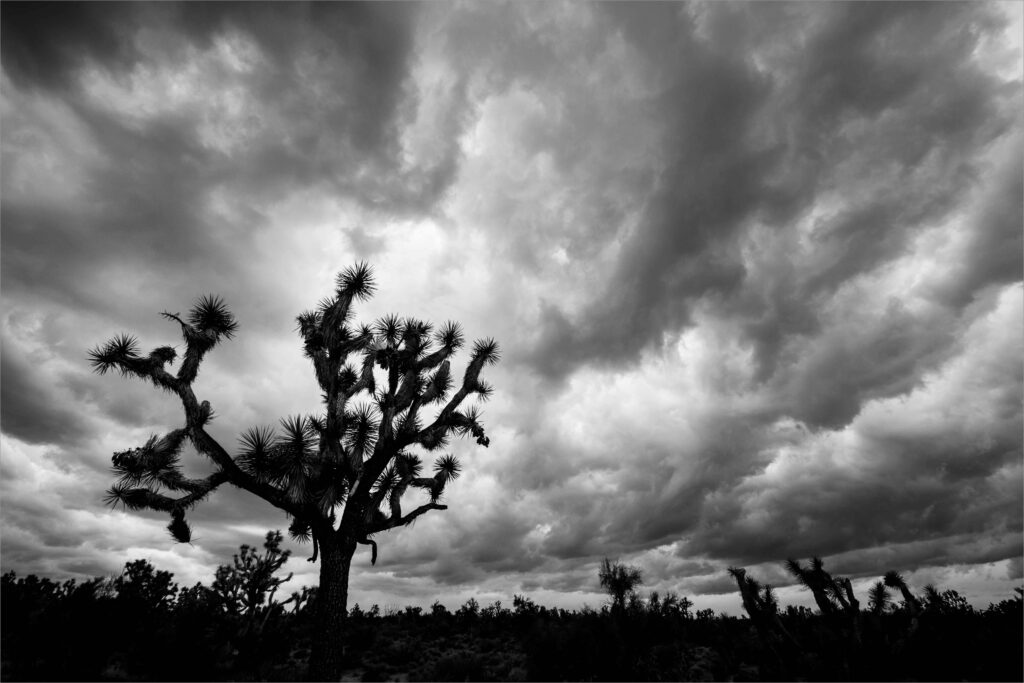


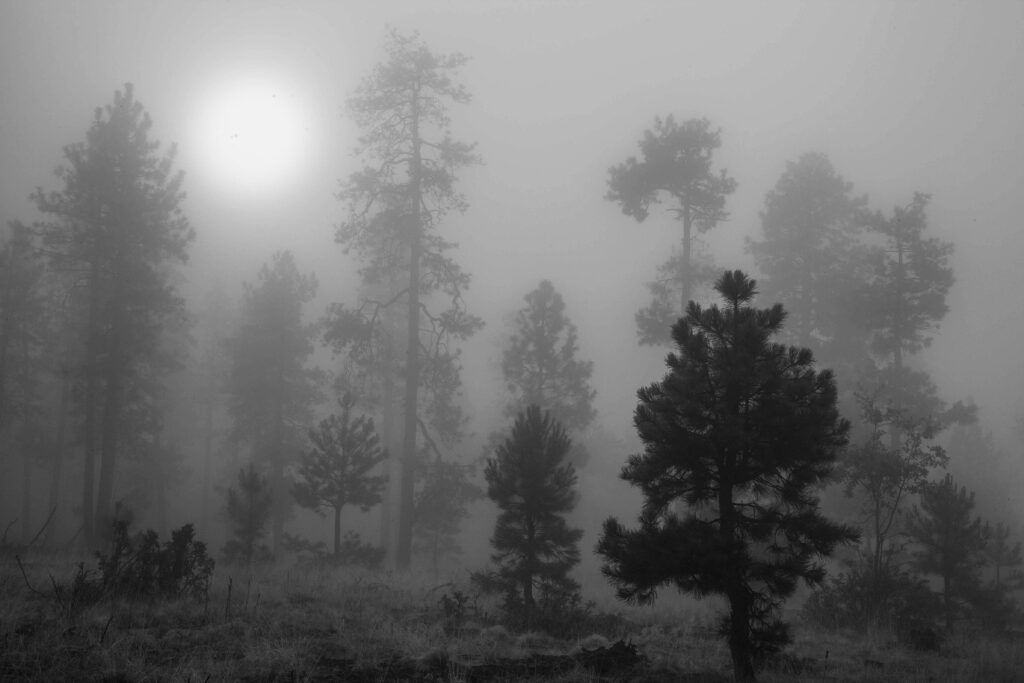


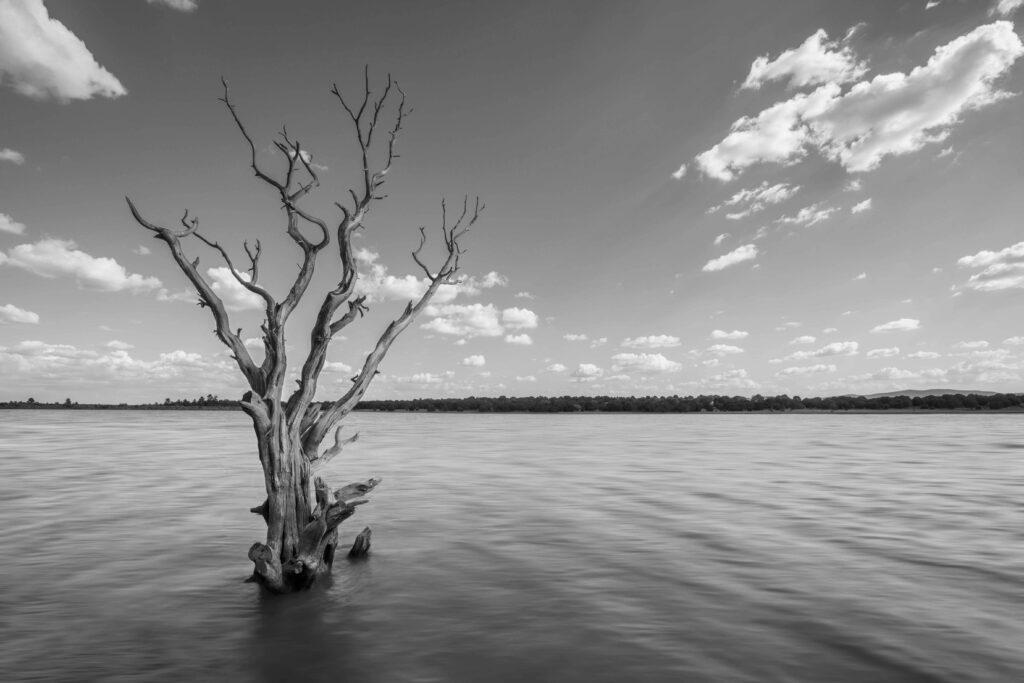


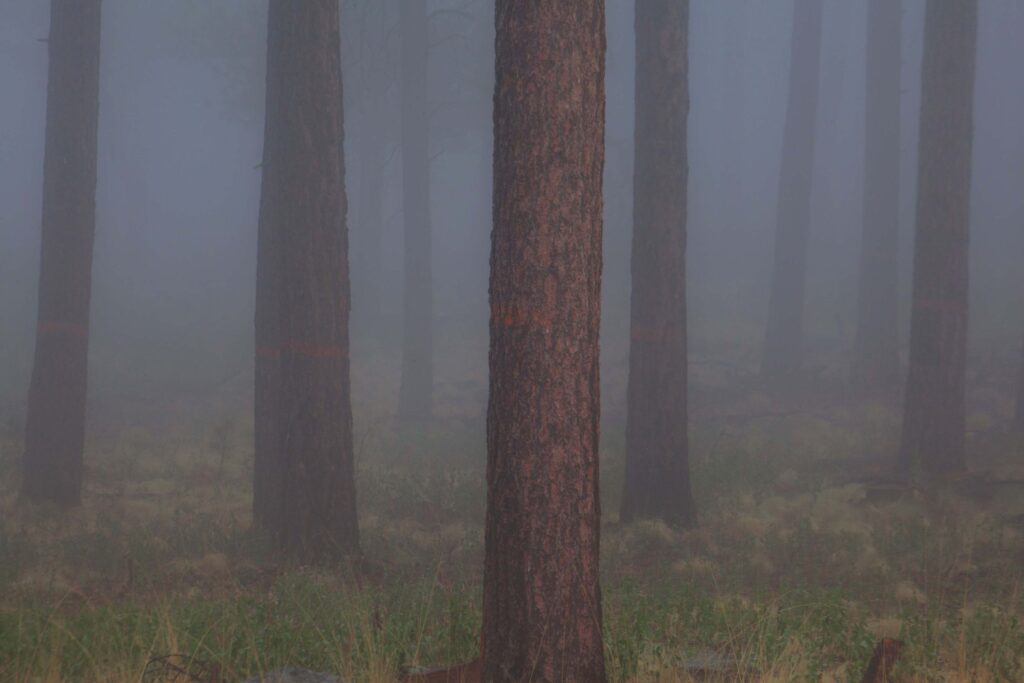





About the Photographer



Dave Wilson’s journey from documenting wildlife sightings to creating fine art began during teenage hiking expeditions in the mountains around Tucson. Armed initially with a camera to prove his encounters with deer, javelina and bighorn sheep to skeptical friends, he approached photography “basically as a form of hunting.”
“Some people hunt with a gun. I hunted with a Canon,” Wilson explains. “My goal was simply to get close enough to an animal for a killer shot.”
A 20-year career in public relations and corporate communications — including positions at Walker Agency Public Relations, Graphics Co-Op and the Downtown Mesa Association — refined his technical skills through commercial photography, but it was the call of solitude that ultimately shaped his artistic vision. Wilson discovered that his most compelling work emerged when civilization fell away entirely.
“I have participated in all kinds of creative endeavors, but the endeavor that I keep returning to more than any other is nature and landscape photography,” he says. “That is probably because it is something that I can do completely alone. With outdoor photography, I can walk away from civilization altogether and work completely alone, and that is where I am most comfortable.”
This preference for solitude isn’t merely artistic temperament — it’s a practical necessity for capturing the fleeting moments that define his work. While others might retreat at sunset, Wilson ventures deeper into twilight’s embrace.
“I can’t tell you how many times I’ve hiked all day with others, only to have them say, just as the sun is finally getting low and the light is perfect, ‘Well, we’d better head back if we want to make it to the car by nightfall,’” Wilson says. “Hiking alone spares me the frustration of being with people who are ready to quit just as the conditions become ideal — adults who, even now, are still afraid of the dark.”
Wilson’s connection to Arizona’s landscape extends beyond photography. His book “Ruins Seldom Seen” uniquely combines a hiking guide with historical exploration — each trail leads to ancient Native American pueblos, cliff dwellings or rock art sites throughout the Southwest. Originally published by Falcon Press in 1999 and revised by Wilson in 2011, it establishes him as both a visual chronicler and written guide to the region’s archaeological treasures.

